As we mentioned in our guide to Ephesus, the Izmir region is one of the best places to visit in Turkey, and Ephesus itself is one of the country’s top destinations. Its ancient ruins attract more than two million visitors a year. Although a visit to Ephesus is a must in this Turkish region, there is much more to see in Selçuk. This article will provide all the practical information you need to make the most of your trip, including where to stay, the best tours, the most important sights to see in Selçuk, and much more.
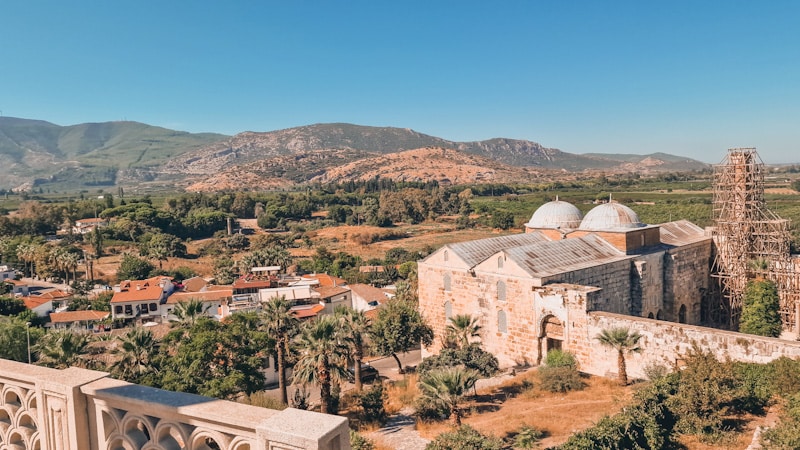
Although most tourists use Selçuk as a base for visiting the nearby site of Ephesus, Selçuk is a historically important city that, despite its size, offers a multitude of exceptional sites. The main attractions to see in Selçuk include, in addition to the ancient city of Ephesus, the House of the Virgin Mary and the Seljuk Artworks. According to some, the 6th-century Basilica of St. John the Apostle is home to the Apostle’s tomb and is also located in the town.
What to see in Selçuk, Türkiye
1. Ephesus Archaeological Site
Ephesus was one of the largest and most important Ionian cities. Capital of the Roman province of Asia since 129 BC, it was founded in the 10th century BC by Greek settlers in an area previously inhabited by the Hittites, an ancient Anatolian people.
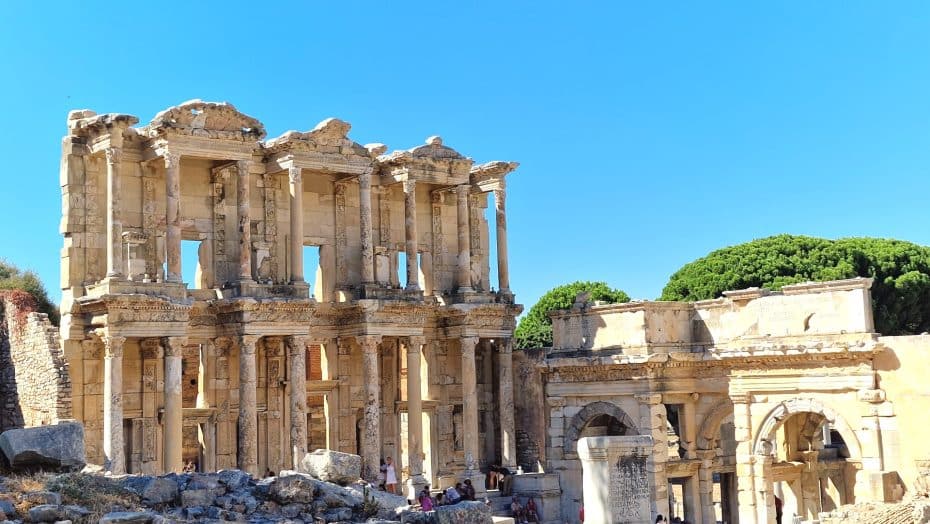
The southwestern area and central core of ancient Ephesus is today a great open-air museum, where it is possible to walk among millenary ruins, some of which are in an excellent state of preservation, such as the Library of Celsus and the majestic Ancient Theater. Many other structures have not yet come to light. Excavations to uncover other wonders of Ephesus are still continuing.
At the height of its splendor, Ephesus had some 250,000 inhabitants and buildings of beauty and majesty almost comparable to those of Rome.
The archaeological site can be accessed from two different entrances (north and south), just over 2 miles (3 kilometers) from the center of Selçuk. It can be easily reached by public transport or even on foot.
2. Temple of Artemis
The Temple of Artemis, sometimes referred to as Artemisium, was a huge place of worship built around 550 BC in the wealthy port city of Ephesus.
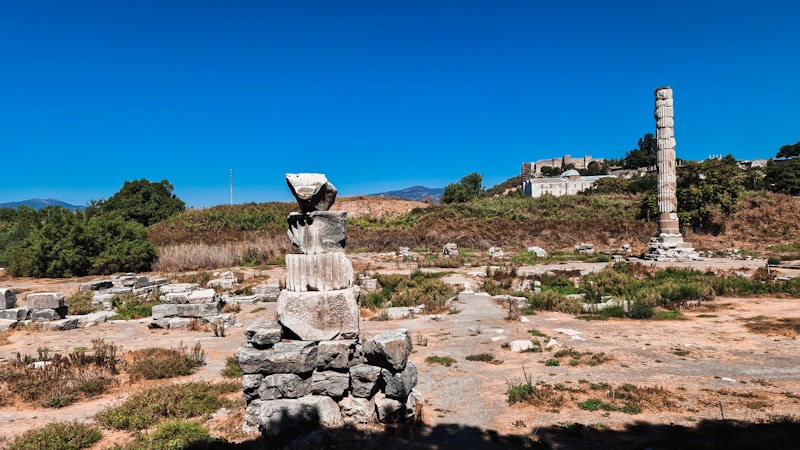
When the beautiful monument burned down in 356 BC, the Temple of Artemis was rebuilt once more, just as large but with even more intricate decoration. This second version of the Temple of Artemis received a place among the Seven Wonders of the Ancient World.
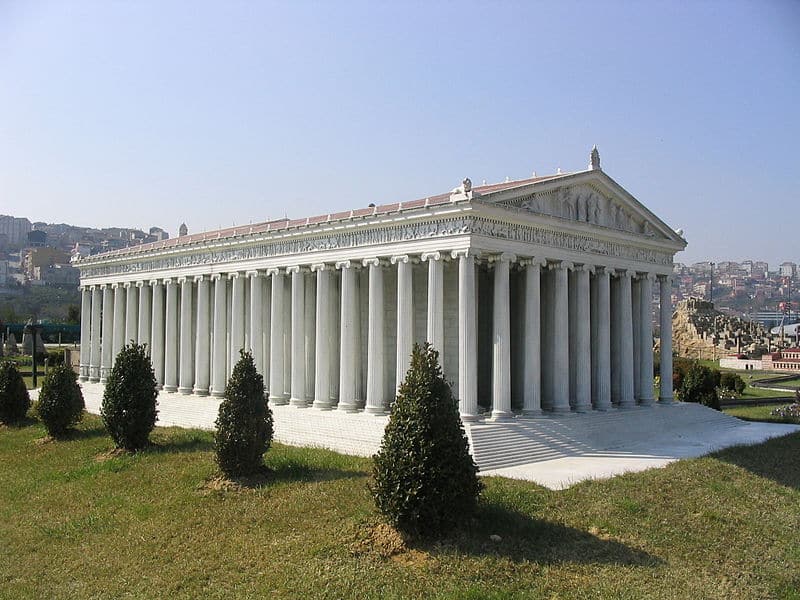
The Temple of Artemis was destroyed again in 262 A.D. when the Goths invaded Ephesus, but it was not rebuilt the second time.
Although the temple was almost completely lost (except for some remains and an important deposit in the foundations, where coins and cult statuettes have been found), its fame has survived over the centuries.
3. Ephesus Museum in Selçuk
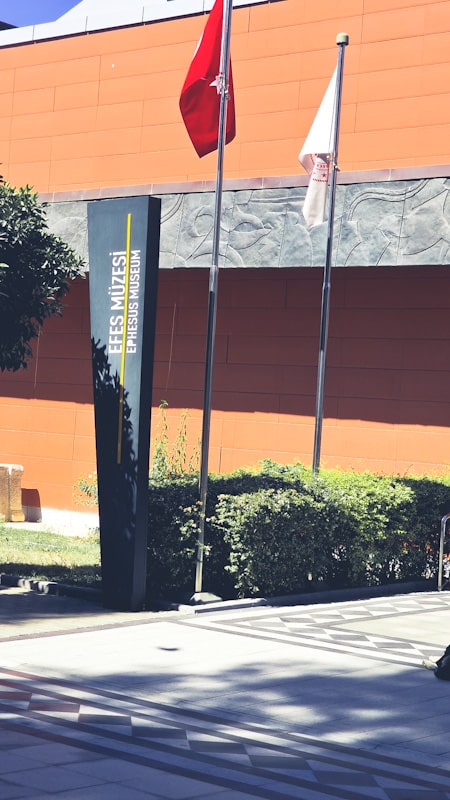
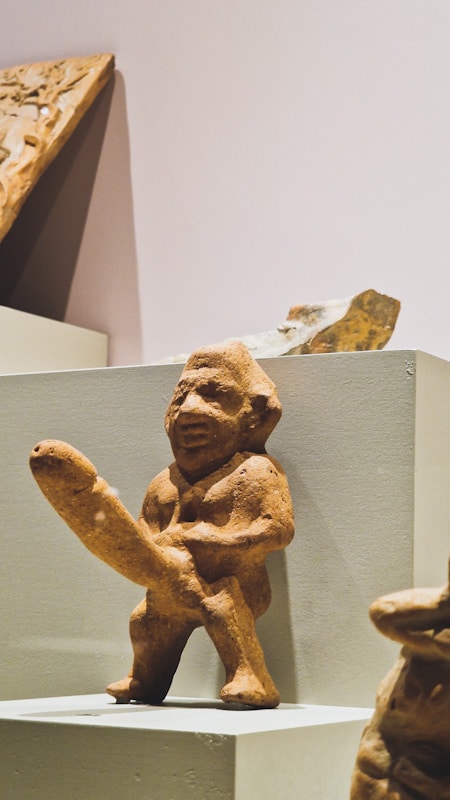
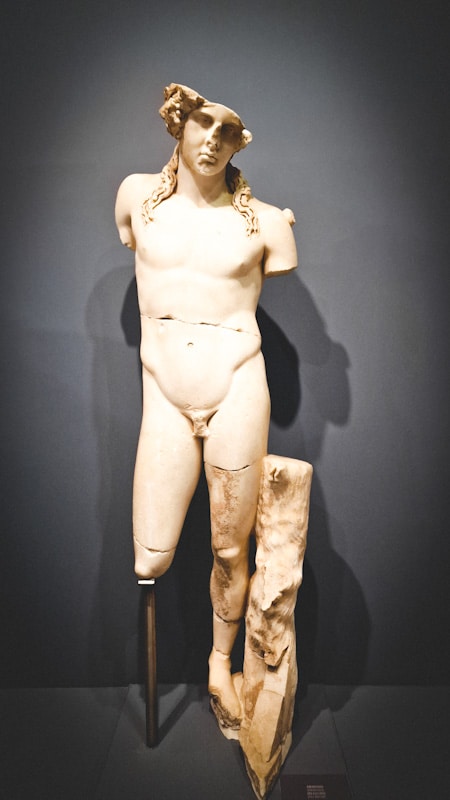
The Ephesus Museum is one of the most important museums in Turkey. It is located in the heart of Selçuk, on Atatürk Mah, about three kilometers from the archaeological site.
This small great museum preserves important artifacts from the Mycenaean, Archaic, Classical, Hellenistic, Roman, Byzantine, Seljuk, and Ottoman periods excavated in and around the city of Ephesus.
Since the Ephesus Museum exhibits mainly works from the ancient city, its collection was organized according to place of provenance rather than a chronological or typological display.
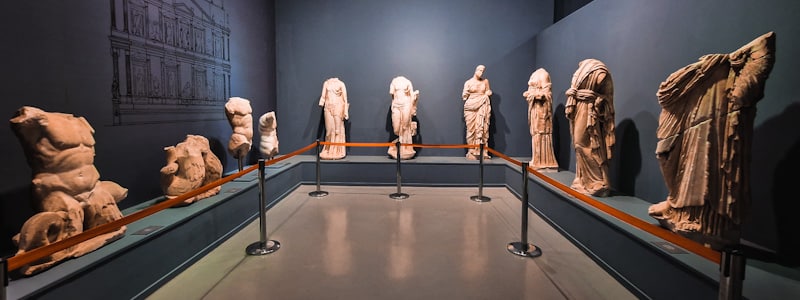
Accordingly, the halls were organized under titles such as “Terraced Houses,” “Coin and Treasure Section,” “Hall of Tomb Artifacts,” “Hall of Artemis of Ephesus,” and “Hall of Emperor’s Cults.” Undoubtedly, the most impressive collection in the museum is from the Temple of Artemis and its nearly intact marble statues of Artemis.
Usually, the goddess Artemis is depicted as a hunter. However, the Lady of Ephesus is adorned with multiple breasts (although some theorize that they are bovine testicles), symbolizing fertility. The statue’s chest is adorned with delicate reliefs of the signs of the horoscope, and her headdress and robe feature sculptures of animals and female bodies. At her feet are two deer and two honeycombs.
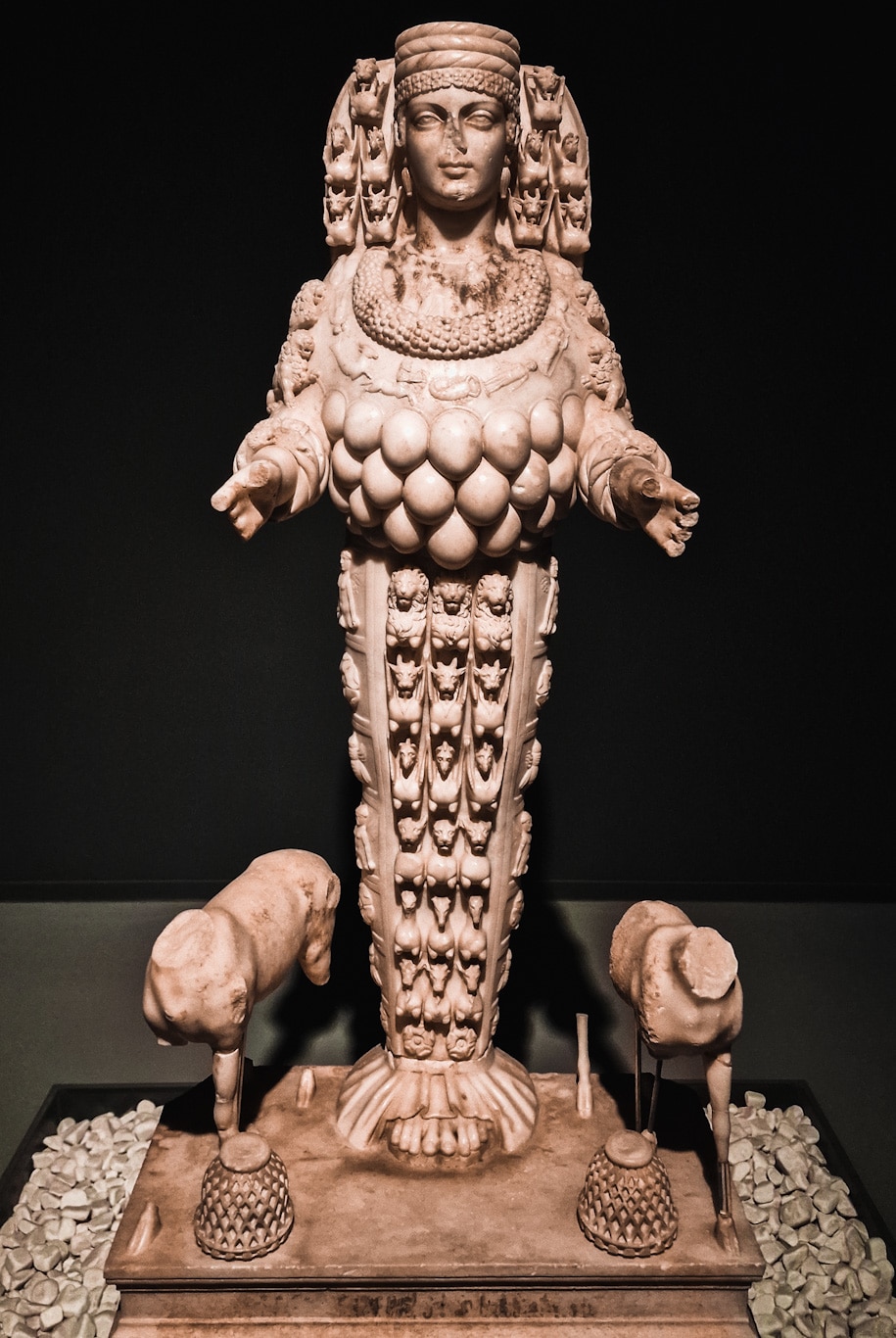
Although most sculptures and reliefs from Ephesus were excavated and stolen taken to places like the British Museum in the late 19th century, the Ephesus Artemis figures were carefully buried at the base of their temple to be discovered in the 1950s, which also explains their perfect state of preservation.
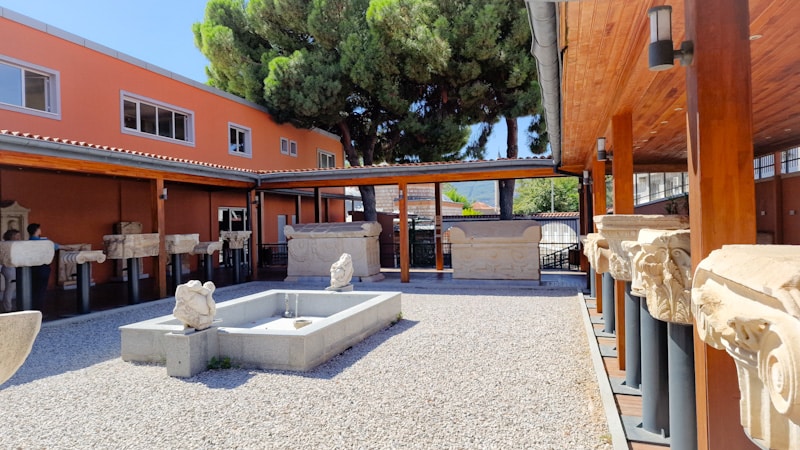
In addition to the themed rooms, the museum also has gardens in which architectural elements and sculptures are exhibited.
Travel Tip
It is best to visit the Selçuk Museum before going to the ruins of Ephesus or the Temple of Artemis. This way, you’ll get a sense of the true magnitude of the ancient city thanks to the models, interactive exhibits, artifacts, and artwork on display.
4. St. John’s Basilica
The Basilica of St. John the Baptist takes the form of a walled citadel that once spanned the entire width of a hill. It was ranked, along with Hagia Sophia in Constantinople, as one of the largest churches of the Byzantine Empire.
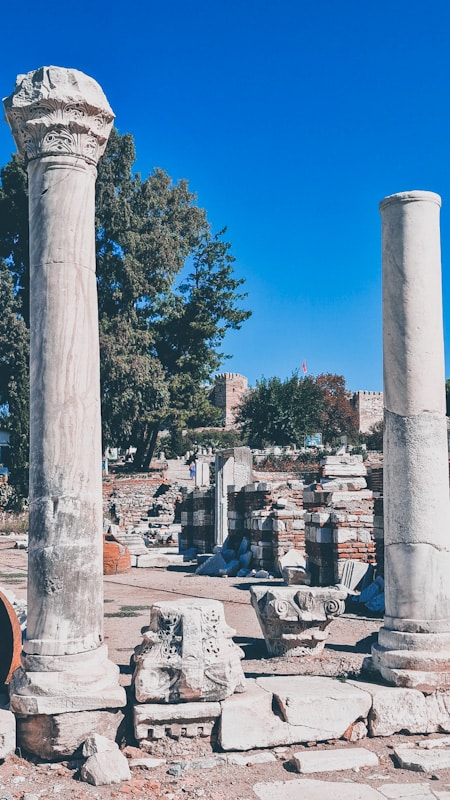
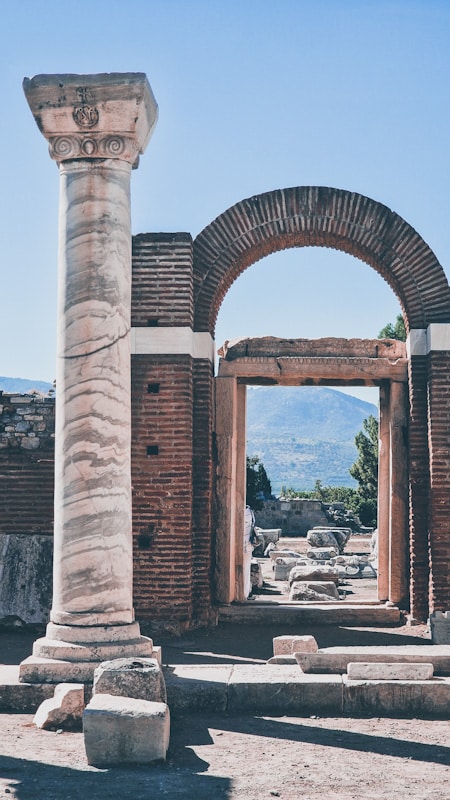
According to tradition, the tomb of St. John is located beneath the church. Originally, it was a simple mausoleum with a vaulted ceiling supported by four columns above the burial, but Emperor Justinian replaced the simple monument with a three-nave Latin-cross basilica with six vaults.
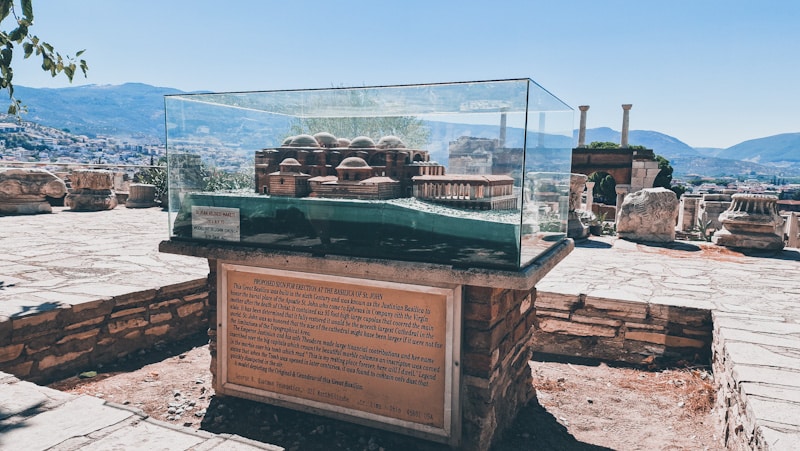
Including the narthex at the western end and the porticoed courtyard, the basilica was 130 meters long by 40 meters wide (425 by 130 ft.).
After the Seljuks captured Ephesus in 1130, the church became a mosque and also served as a bazaar until an earthquake finally destroyed it.
Today, although it is only partially restored, the remaining ruins of the basilica give you a pretty good idea of the impressive size of the original building.
5. Ayasuluk Fortress (Selçuk Castle)
The fortress of Ayasuluk is located on the hill above the Basilica of St. John and can be accessed by a path that ascends from behind the ruins of the church.
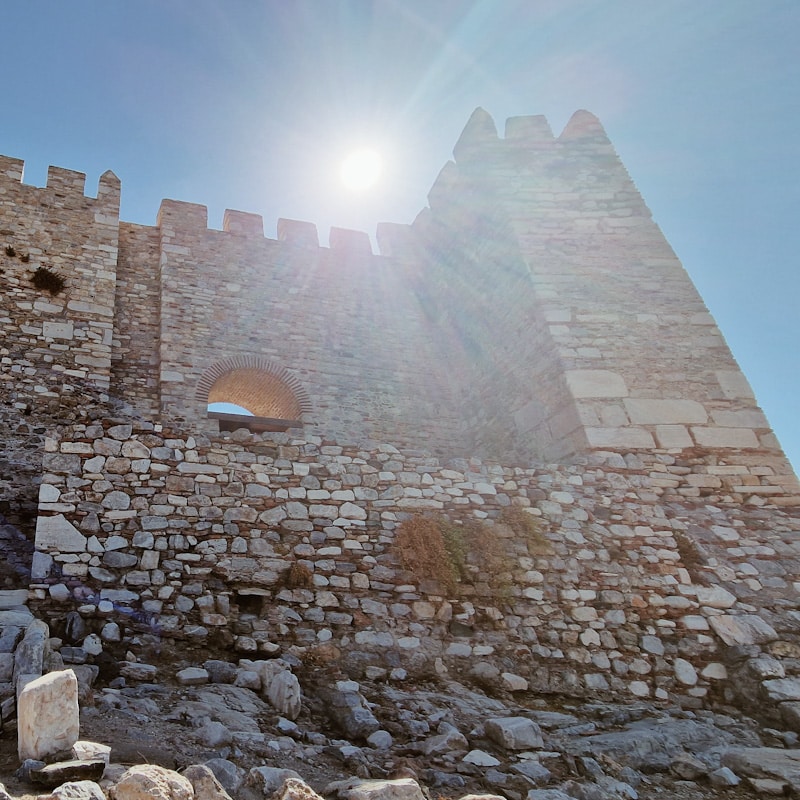
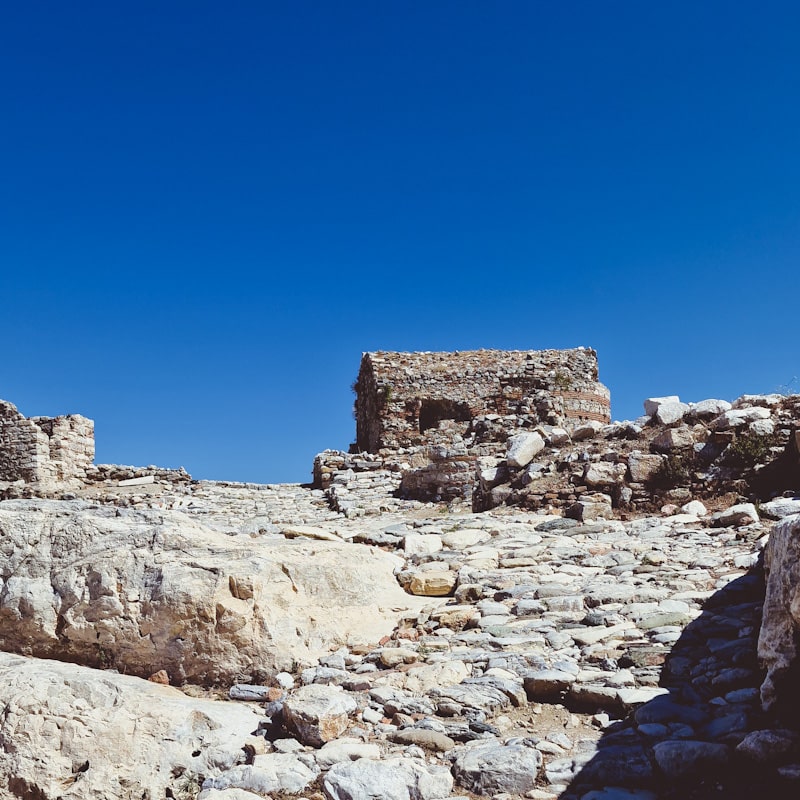
The hilltop site had been inhabited since Neolithic times, but the fortress dates back to the Byzantine era, and the Seljuks expanded the fortifications.
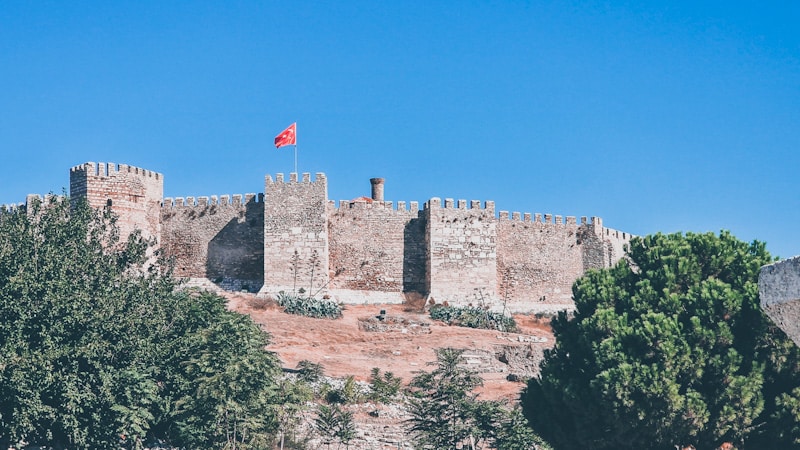
The fortress area was closed for years due to archaeological excavations but has now been opened to visitors. Currently, its interior is in ruins.
6. Isa Bey Mosque
This Seljuk-era mosque is a beautiful example of fourteenth-century architecture. Its high exterior walls enclose a large arcaded courtyard leading to a double-domed prayer hall. The large black granite columns used in the construction were recycled from the Roman baths of Ephesus.
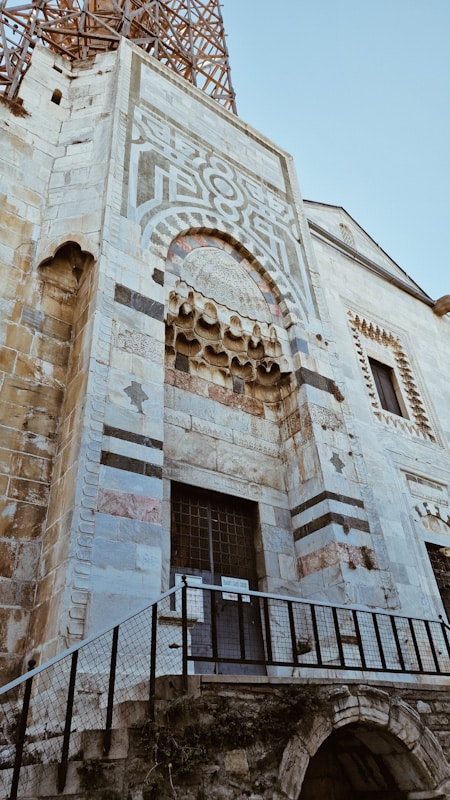
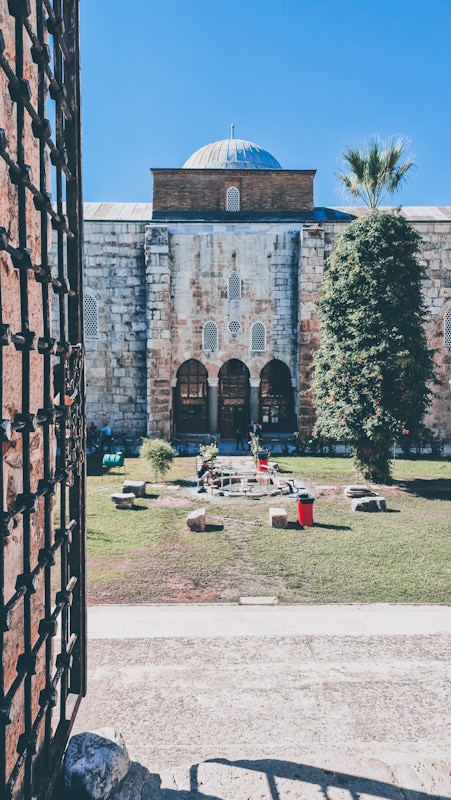
Above the richly decorated main entrance is an elaborate calligraphic inscription. Dated January 10, 1375, it identifies Ali, son of Mushimish al-Damishki, as the architect.
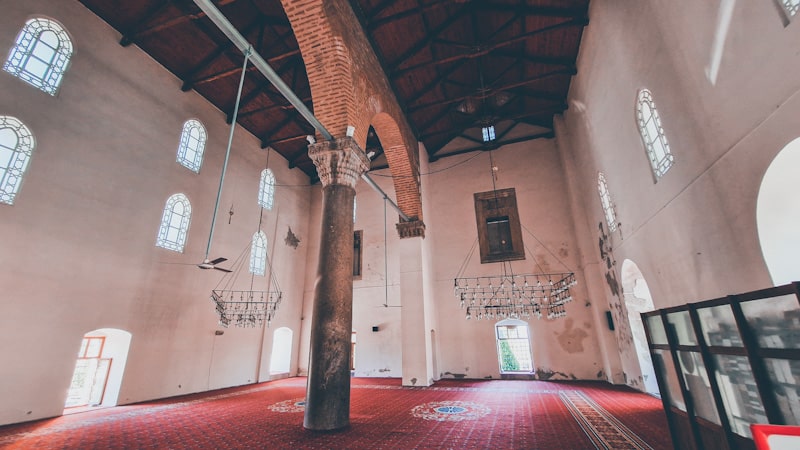
Visitors may visit the interior outside of prayer times. To enter, make sure you are dressed appropriately, with shoulders and knees covered. Female visitors must wear a headscarf.
7. Gate of Persecution
The “Gate of Persecution,” which gives access to the Basilica of St. John, was built in the 6th century AD with material taken from the Greek stadium of ancient Ephesus.
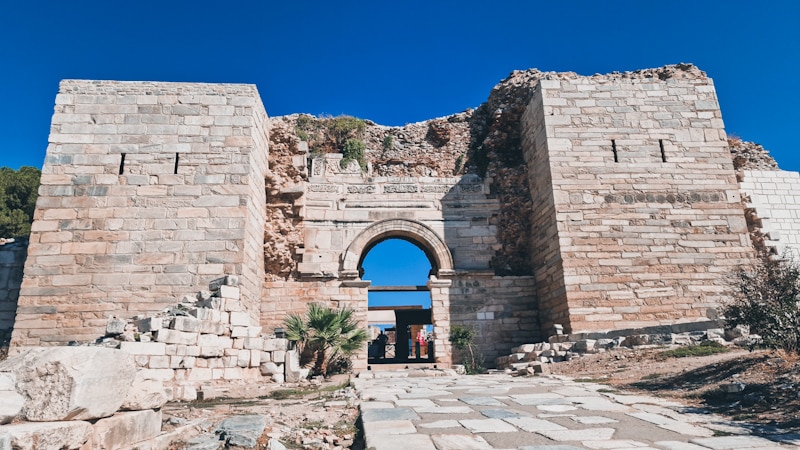
The history of the gate’s name is unknown, but it may well be associated with the history and legends of the early Christian martyrs of Ephesus. Another version says that the name is taken from an ancient Greek relief known as “The Pursuit of Hector by Achilles,” which adorned the top of the arch on the outer side of the gate.
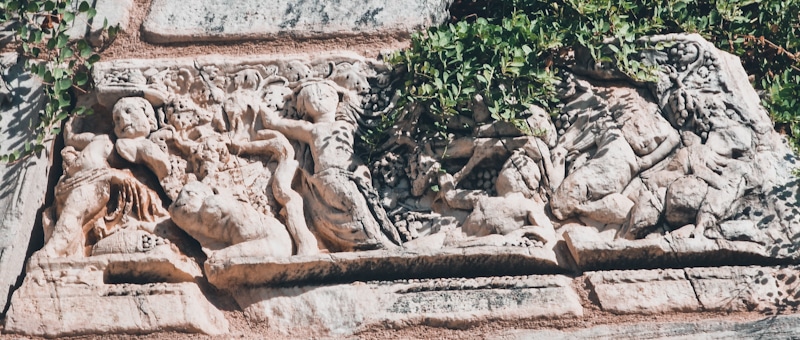
A copy of this relief can now be seen in its place. It is not known when this stone frieze was created, and it seems unlikely that it was added in the 6th century when the emperors feared the wrath of iconoclasts, who abhorred any kind of pictorial representation in religious art.
8. House of the Virgin Mary
The Meryemana (house of the Virgin) is an important Christian pilgrimage place with a curious history. Tradition has it that the Virgin Mary traveled to Ephesus with St. John and is said to have died here.
The main building actually dates from Byzantine times (6th century), but its link with the Virgin began in the 19th century, following the visions of the German nun Katharina Emmerich, who accurately described the location and appearance of a house in Ephesus in which she claims that the Virgin lived and died.
In 1891, based on this story, a French priest discovered the ruins of a small church, which evidently had belonged to a monastery and is now venerated as the House of the Virgin.
Note that the chapel is small, and the site is often crowded with tour bus groups.
There is a small wishing well where it is customary to tie a piece of cloth and make a wish.
9. Selçuk Aqueduct
Crossing the center of Selçuk is the still-standing arcade of this Byzantine aqueduct, which, besides being a fascinating piece of ancient engineering and architecture, is known for the huge stork nests that crown some of its arches.
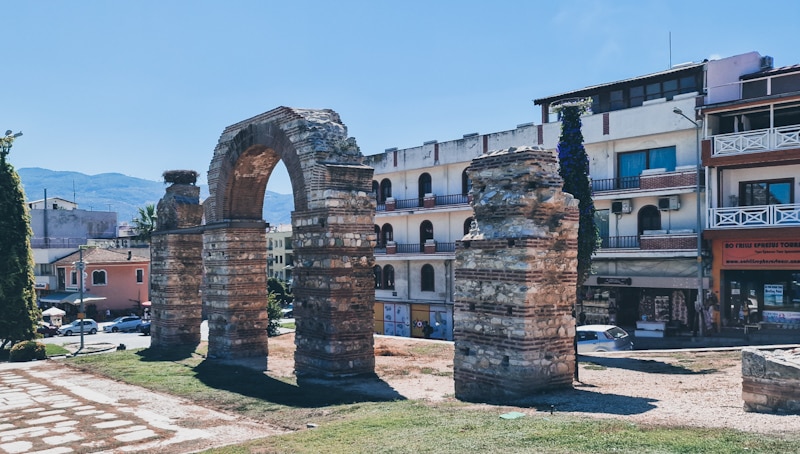
The best remainder of the aqueduct is located near Inönü Caddesi, right in the center of town, opposite the train station. There is another section on the street leading to St. John’s Basilica.
After nightfall, the remains of the aqueduct are illuminated.
10. Selçuk City Center
If you visit the ruins of Ephesus, you will most likely spend at least one night (though we recommend at least two) in the town of Selçuk.
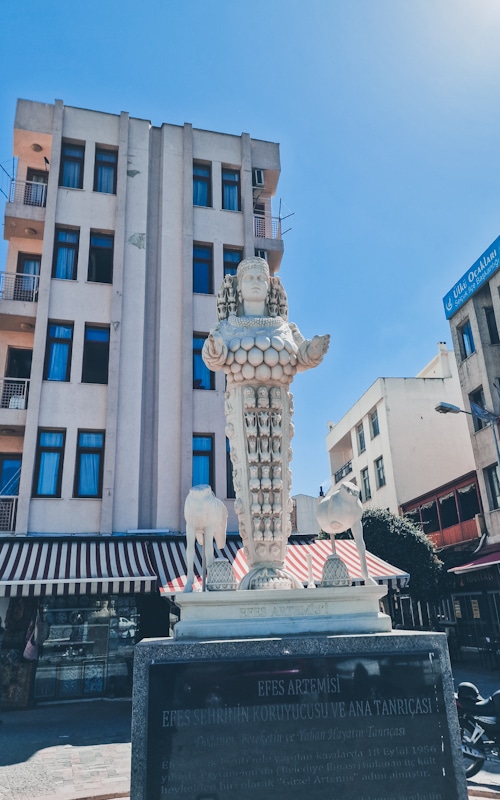
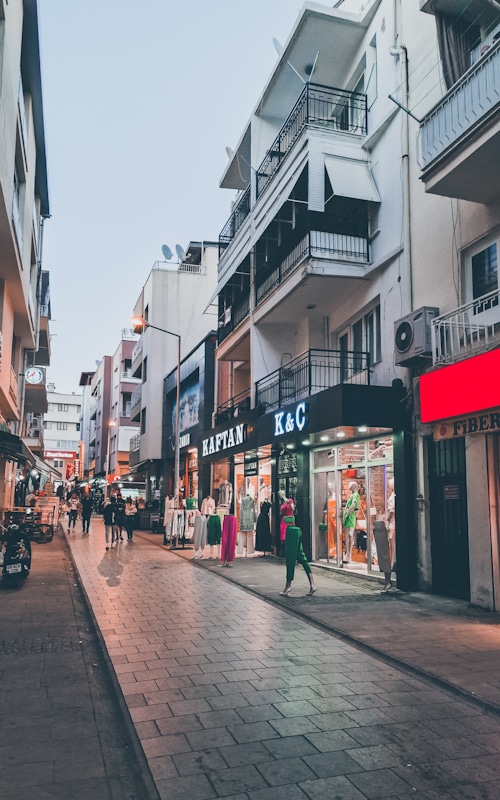
Although the center of town has no fascinating attractions, its grid streets offer a multitude of stores, traditional tea shops, cafes, and restaurants.
Downtown Selçuk also offers a glimpse into the local atmosphere and the daily life of the population of this small town.
Where is Selçuk?
Selcuk is a small resort town located about 50 km (30 mi.) south of Izmir and close to Ephesus and the Temple of Artemis. Selcuk is also very well connected by bus and train to other major destinations and is, therefore, a convenient base for exploring the region.
How to get to Selçuk
Getting to Selçuk from Istanbul or Izmir is quite easy. You can get to Selçuk by car, bus, plane or tour. These are your main options:
By car
The distance from Izmir to Selçuk is 80 km and takes about an hour (depending on traffic). Note that the fastest route, via the E87 road, is a toll road.
By train
Starting your journey at Basmane Izmir train station, you can take one of the frequent services on the Izmir-Denizli route (usually departing every hour). The train journey from Izmir to Selçuk (Efes) takes about 80 minutes. Alternatively, there is a bus service and a direct commuter train from Izmir airport to Selçuk.
By bus
Getting from Izmir to Selçuk by bus means you will start your journey at the busy Izmir bus station. The trip takes more than 2 hours due to stops in villages along the way.
Where to stay in Selçuk
During my visit to Ephesus, I stayed at the Akanthus Hotel Ephesus, an excellent family-run boutique-style hotel in the historic center of Selçuk.
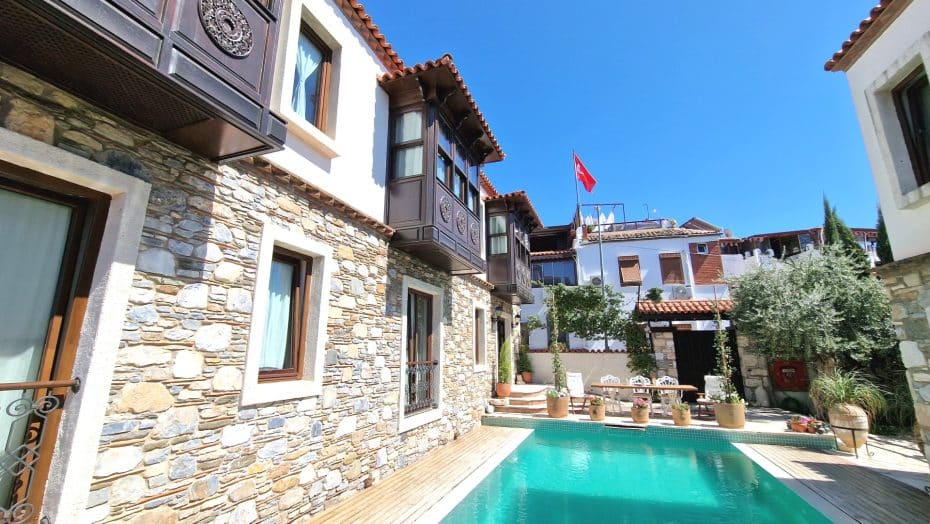
This hotel is perfectly located for exploring Selçuk and is not far from the Ephesus site (which you can reach by cab or on foot). The staff was extremely friendly and helpful. The room was beautiful and offered views of the old town. The beds were comfortable, and everything was spotlessly clean.
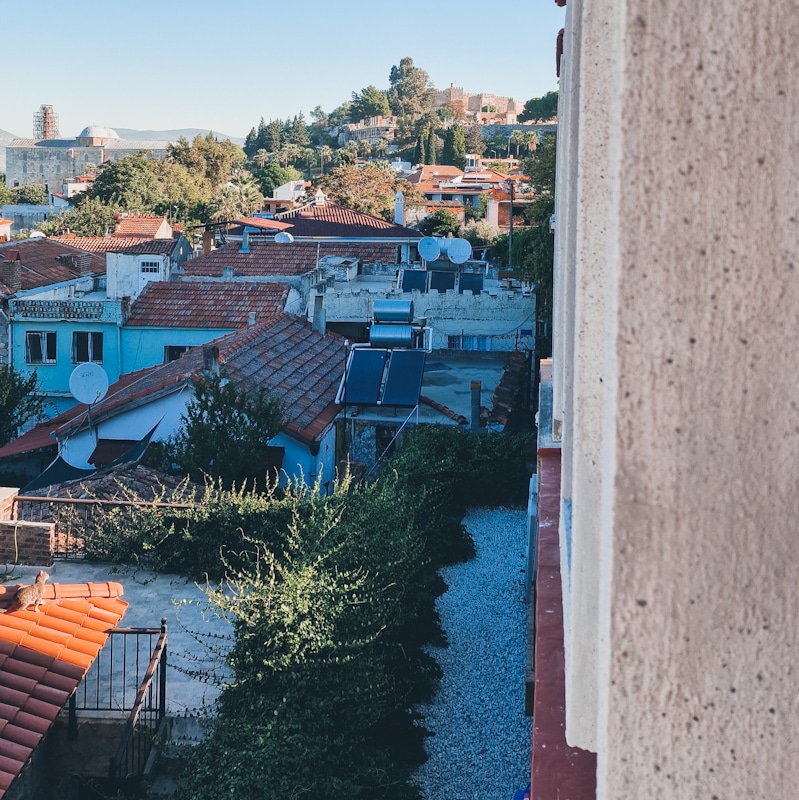
Check rates and availability on Booking.com >>
These are other accommodation options in Selçuk with excellent ratings on Booking.com:




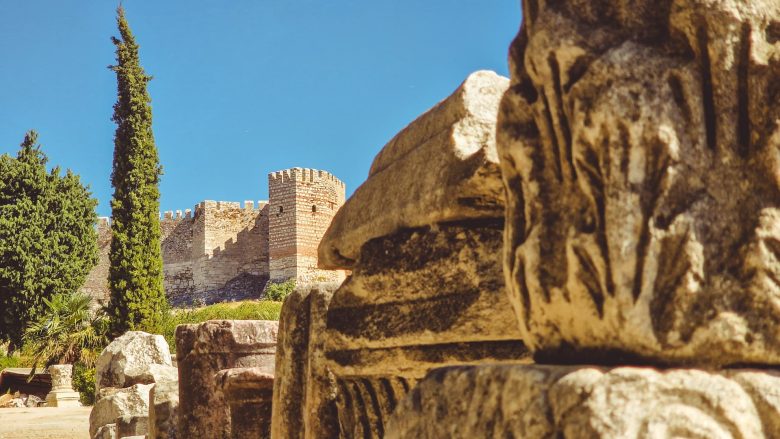

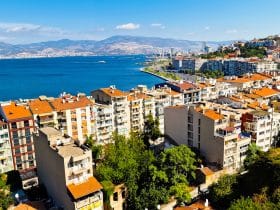
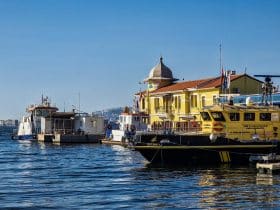
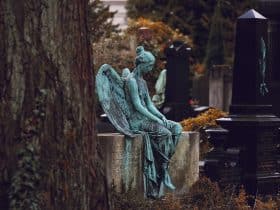
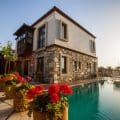


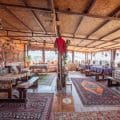



















Leave a Reply
View Comments